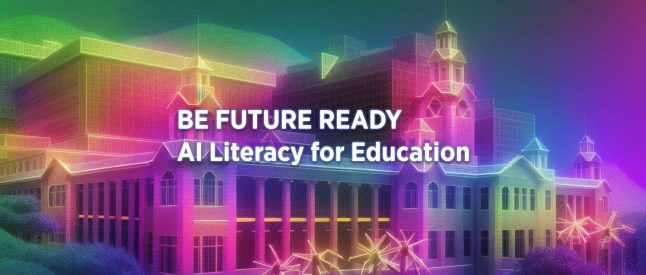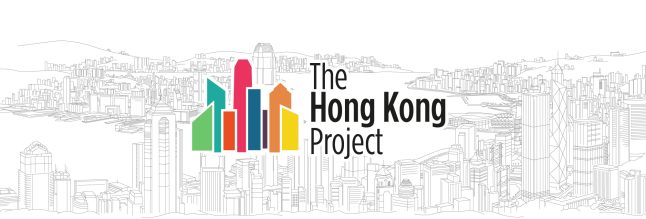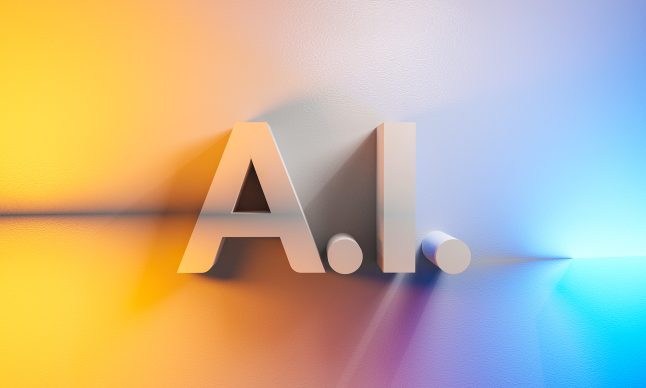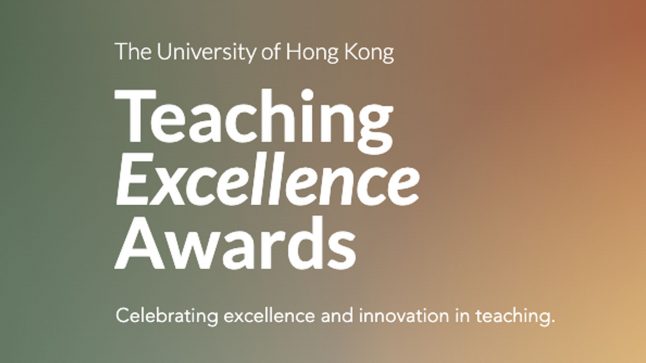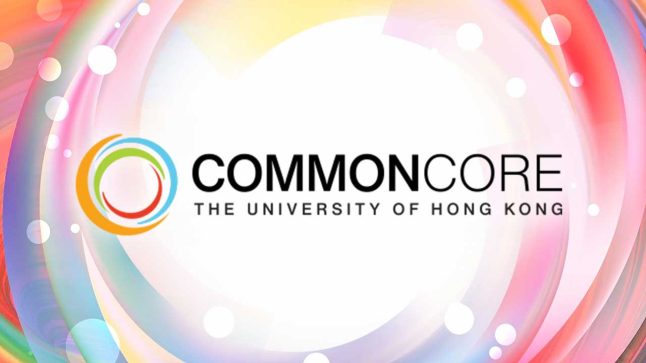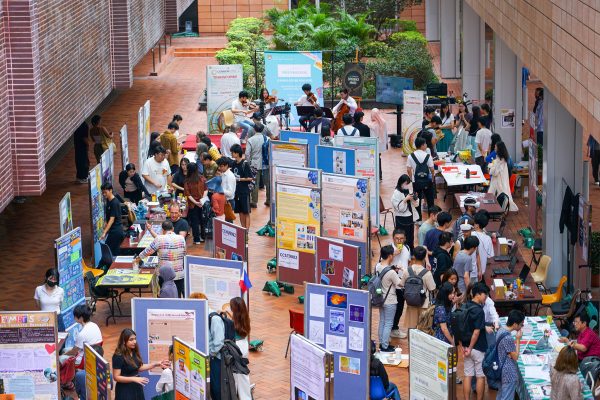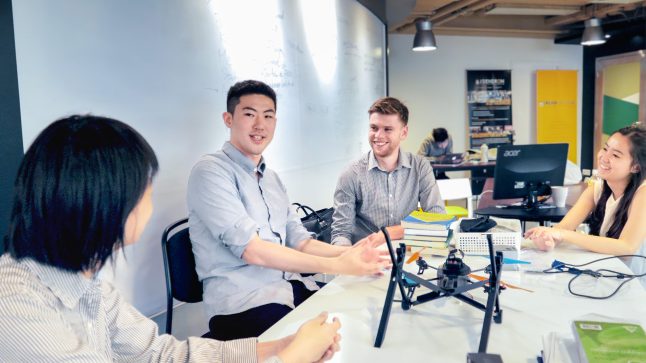
Imagine, experiment, partner with students, build capacity – These are some tips in implementing the blended learning approach shared by expert practitioners in a seminar on February, 26, 2018. Entitled “Blended Learning: Are we Blending and at the same time, Enhancing Student Learning?”, this seminar featured Professor Bob Fox, Pro-Vice-Chancellor Education Portfolio, the University of New South Wales (UNSW); Dr. NS Wong, Associate Professor in the School of Biological Sciences; and Dr. Allan Yuen, Associate Professor in the Faculty of Education, HKU. The three speakers shared exemplary cases from various disciplines and their lessons learnt from implementing blended learning.
What is Blended Learning?
“Blended learning is the thoughtful fusion of face-to-face and online learning experiences,” (Garrison & Vaughan, 2008, p.5). In addition to that, it is the fusion of formal and informal; as well as synchronous and asynchronous elements in the curriculum, as pointed out by Dr. Yuen. With more and more teachers shifting to this approach, “blended learning is now the norm,” said Professor Fox.
Elements of Blended Learning
Blending different modes of learning in a course is an effective way to enhance student learning. The following is a list of examples introduced by the speakers:
- Replace traditional lectures with tutorials and group activities:
- In a Civil Engineering course in UNSW, traditional lectures were transformed into small group and individual tutorials, where students work through the content with a study guide. This mode of learning is problem-based, activity-led and self-paced. Weaker students can obtain extra tutorial support, while more advanced students are encouraged to support weaker one for badges.
- In Dr. Wong’s course on metabolism, students are guided to form “communities of active inquiry” – together they explore concepts, re-synthesize information, propose new questions and complete in-class exercises. By blending “student-based research-style learning” into the course, “in-depth learning is positively promoted”, commented Dr. Wong.
- Use of ed-tech
- Videos: In UNSW, videos developed for Massive Open Online Courses (MOOCs) are re-used in flipping on-campus courses. This is termed as the ‘BOOC Flip’ (Blended Open On-campus Course).Dr. Wong also developed videos for his course CCST9006 Scientific and Technological Literacy. Here is a glimpse of his course:
- Learning Management Systems, such as Moodle, are widely used as a gateway for students to coordinate learning, including conveniently access course materials, submit assignments, receive feedback and discuss with their peers.
- Adaptive learning platforms: In UNSW, the course team of MATH2018 Engineering Mathematics 2D used an adaptive learning platform called Smart Sparrow to develop self-paced adaptive online tutorials for students, replacing F2F tutorials.
- The MATH2018 course course team also developed a Ninja game. This game consists of a series of exercises with progressive levels of difficulty. Students need to work their way up until they obtain the black belt. This creates incentives for students to learn better.
- 3D and VR technology: In BLDG1021 Industrial & Infrastructure Construction, an undergraduate course offered by the Faculty of Built Environment, UNSW, students receive industry training through stepping into the AVIE mining space, an immersive 360-degree construction site environment. It is a virtual space and a safe environment to gain industry-relevant experience.
- Videos: In UNSW, videos developed for Massive Open Online Courses (MOOCs) are re-used in flipping on-campus courses. This is termed as the ‘BOOC Flip’ (Blended Open On-campus Course).Dr. Wong also developed videos for his course CCST9006 Scientific and Technological Literacy. Here is a glimpse of his course:
- Experiential learning and industry partnering
- In BLDG1021, faculty partners with professional builders and create opportunities for students to get involved in real world construction projects off-campus.
Tips for Developing Effective Blended Learning Experiences
To maximize the impact of blended learning, the speakers offered the following tips in implementing the approach:
- Pilot and experiment
While it is exciting to incorporate new modes of teaching into your course, it can also be worrying for some – What if it does not work? One way to minimize risk is to pilot test your new ideas and conduct controlled experiments, advised by Professor Fox. - Partnership with students
- Work with students in developing course materials
One effective way to develop materials that best suit students’ needs is to involve them in the development process. For example, UNSW pays students to develop resources for them and help faculty members innovate. In Dr. Wong’s case, he creates student internship and once invited a student to produce a short video for him to use in a practical session. - Obtain student feedback
Dr. Wong collects student feedback through administering questionnaires at the end of the course. The feedback is essential for making modifications to the course.
- Work with students in developing course materials
- Capability-building for staff
As pointed out by Professor Fox, teachers need ongoing support in developing blended learning resources and materials. Learning from UNSW’s example, the following should be done on the institutional and administrative level to ensure effective implementation of blended learning strategies:- Develop curriculum models, frameworks and strategies for all faculties to buy into
- In UNSW, the educational design models used are Integrated Curriculum Framework (ICF), RASE Course Design Model and Scientia Education Experience (SEE).
- Build partnership with faculties and students
- Offer ongoing support to faculties and staff in team-building and capacity-building
- Provide resources, technologies and/or funding
- Provide promotion and encouragement to staff to get involved in improving teaching and learning
- In UNSW, the promotion and tenure system has been refined to ensure that teachers get rewarded and promoted for their efforts made in teaching and learning. 400 academic positions which are education-focused have been set up. Teachers who choose this academic track can focus on teaching and learning instead of research for 5 years. After the 5-year period, they can decide whether to switch back to research track.
- Develop curriculum models, frameworks and strategies for all faculties to buy into
Imagine new ways to teach
“Learning is fundamentally about change,” said Dr. Yuen. “Students nowadays are very different from us when we were still students”. In order to enhance student learning, it is necessary for us to reconsider our pedagogy and imagine new ways to teach, using blended learning and other digital technologies. To Dr. Yuen, “blended learning / e-learning is not a simple technological adoption, but a call of teachers to carefully examine their pedagogical practices from a new perspective.” He believes that only by “allow[ing] our imaginations to be at work”, can we unleash the “enormous potential for growth and engagement” of higher education. He left us with two thought-provoking questions:
- How do we shape and reshape new learning environment for the New Generation Learners?
- What is your imagination in 5 years? How are you going to teach your subject in 5 years?
Dr. Wong believes that by shifting from traditional lectures to blended learning, we are setting students free from a rigid and often unengaging mode of learning. In order to maximize students’ freedom and effectiveness in learning, we need to set our imagination free in innovating our pedagogies.
What is your vision for your classroom in the future? Share your ideas with us.
Further reading
- Designing In-class Activities for Flipped Classroom: A Step-by-step Guide
- Getting Students Ready for Your Flipped Class
- Designing Your Own Flipped Classroom: Online and Pre-class Elements
- Flipped Classroom: A Grassroot Movement of T&L Change
- Garrison, D., & Vaughan, N. D. (2008). Blended learning in Higher Education: Framework, Principles and Guidelines. San Francisco: Jossey-Bass.

